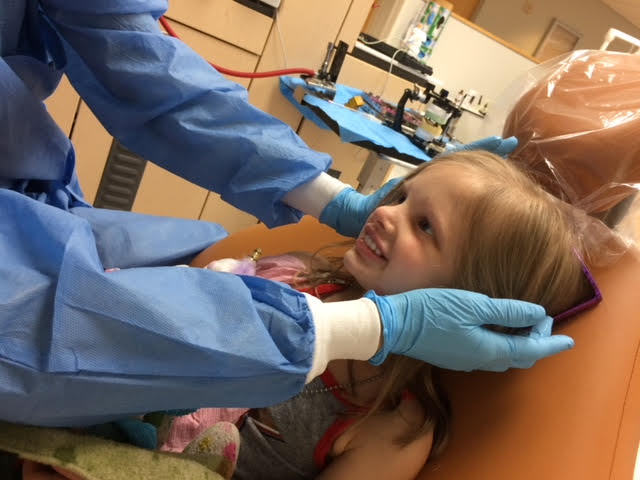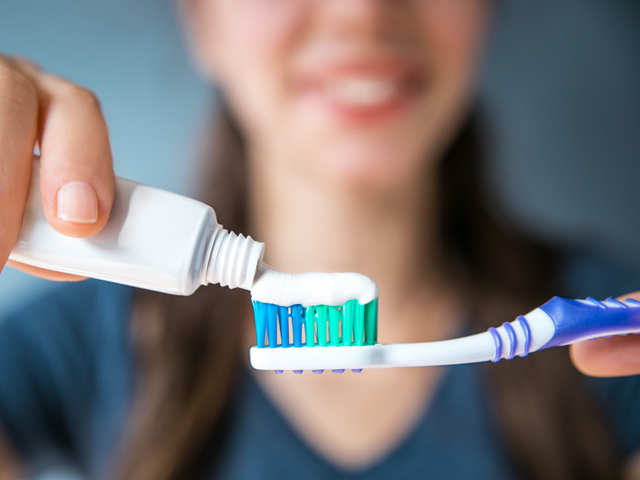Breathing is something that we do instantly to stay alive and so the majority of us do not hesitate about it. It is perfectly all-natural to take a breath with the mouth at particular terms such as when running or lifting hefty objects, nevertheless if breathing takes place via the mouth repeatedly then it can result in several health issues. These problems can be particularly serious for children as mouth breathing can influence the long-term development of the face and jaw.
So Why Breathe Through the Mouth?
Normal breathing is when we breathe with the nose with the mouth closed. One of the most noticeable reasons for someone to be a mouth rest is that they can not obtain enough air through the nose. Common factors for obstructed nasal flows consist of:
- Allergies – which can trigger polyps or swelling of the nasal cellular lining
- Enlarged tonsils or adenoids
- Departed nasal septum
- Breathing infections – cold or influenza
Signs that may suggest nasal breathing troubles or airway blockage are:
- Snoring, rest apnoea
- Frequent upper airway infections
- Seeming ‘stale’ throughout the day/night
- Dark circles under the eyes
- Effects on Teeth, Jaw and Stance
As mentioned before, mouth breathing can cause numerous health problems, specifically dental health issues. When we breathe through the mouth, there is a loss of saliva and also dry skin of the mouth and also this can increase the danger of dental caries as well as swelling of the periodontal.
Likewise, mouth breathing can cause alterations in the jaw and face development. The typical resting position of the tongue is up against the roofing system of the mouth to make up the forces of the cheeks, however, when a person breathes with the mouth, the tongue goes down. This results in the narrowing of the upper jaw and also prolongation of the reduced jaw, resulting in the lengthy, narrow face shape, usually referred to as ‘long face disorder’. As a result of the constricting of the jaws, crowding of the teeth, overbite problems, and malocclusion can be seen.

Change in head posture is another effect that can result. Persistent mouth rests tend to turn the head backward and also lean the head forward before the shoulders to keep the air passage open. This enables them to take a breath far better, however can have caused long-term problems of the neck and back.
Therapy
Therapy of mouth breathing depends upon the underlying cause. This needs a multidisciplinary method where your dental practitioner, GP, ear-nose-throat specialist (ENT), and sleep doctor might be involved in establishing the therapy needed. Therapy might consist of prescription of particular medicines, surgery, and also functional therapy as well as breathing workouts.
Air passage obstruction is a common root cause of mouth breathing and sometimes a complete analysis by an ENT is needed to choose the therapy of the obstruction. Typically specific medicines can be prescribed to raise nasal airflow and also decrease blockages like swelling of the nasal lining as well as polyps. For much more complex obstructions such as bigger tonsils or adenoids, surgery may be required to remove them.
Occasionally also after elimination of the airway blockage, mouth breathing is still present as it has come to be habitual. If this is the case, dysfunctional therapy along with detailed breathing and also muscle mass exercises can help in developing nasal breathing. Exercises that focus on enhancing the face muscular tissues along with certain dental devices urge nasal breathing and also consequently can aid in the proper growth and face growth. This is crucial in young kids as they are still in their expanding phases.
If you want to find great information, please visit https://geekshealth.com/dentitox-pro-reviews





